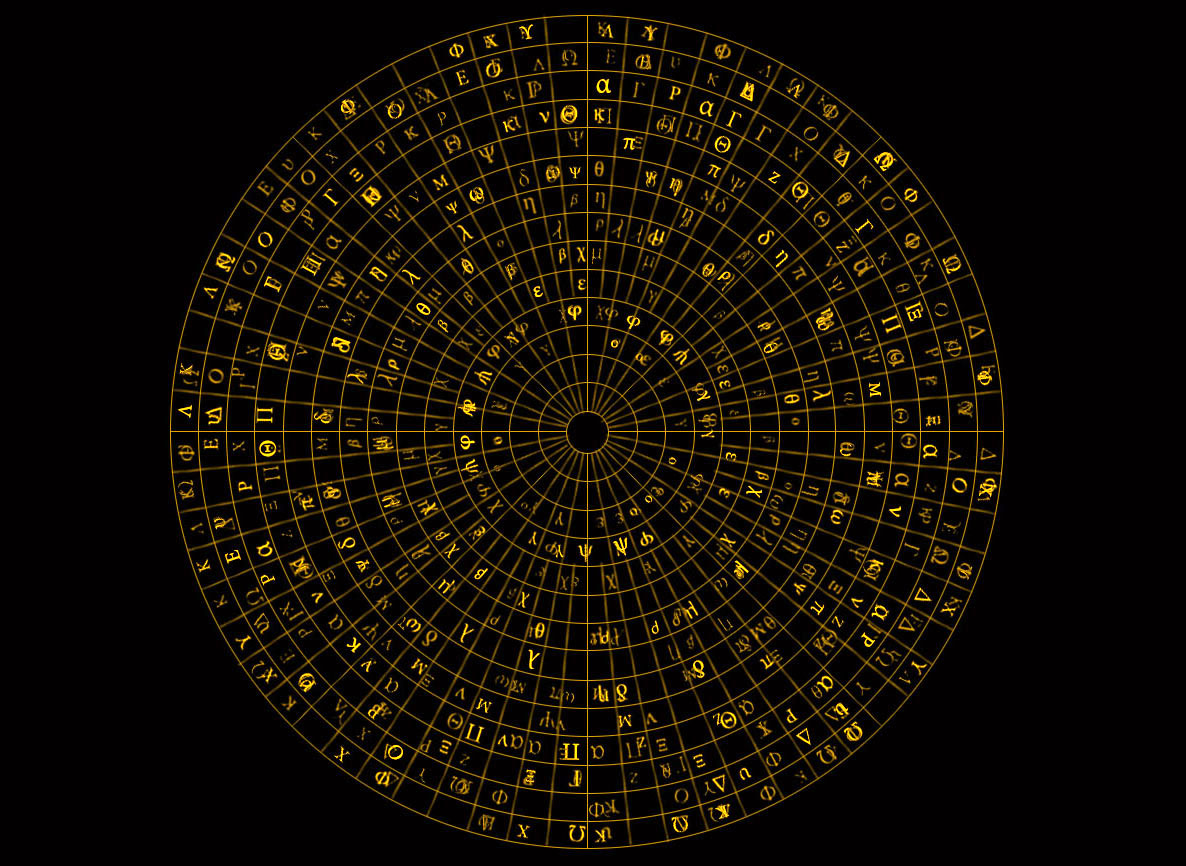Casa del Lago. UNAM . Mexico. “Projecto Roseta”
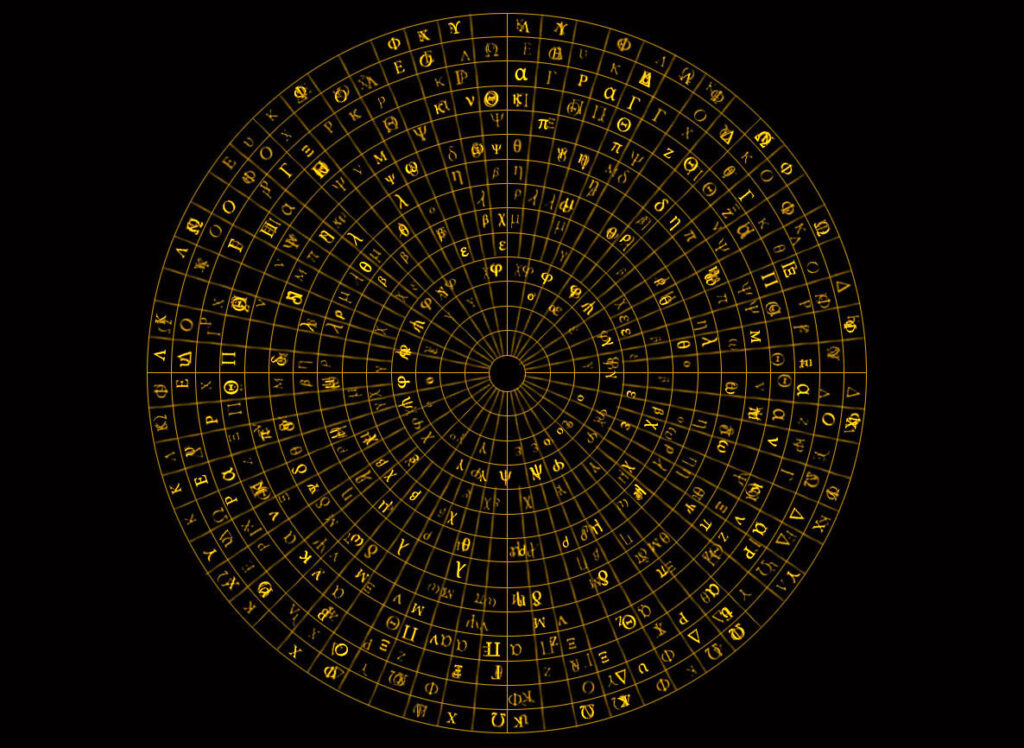
Mexico. Casa del Lago Virtual.- UNAM
This series of works connects the Rosetta Stone with star charts. The project was launched virtually in January 2021 and reflects on the growing presence of artificial intelligence and algorithm in our daily lives, exploring the concept of "encrypted writings" through graphics and code software. It brings together images, cryptography, astrophysics, linguistics and mathematics.
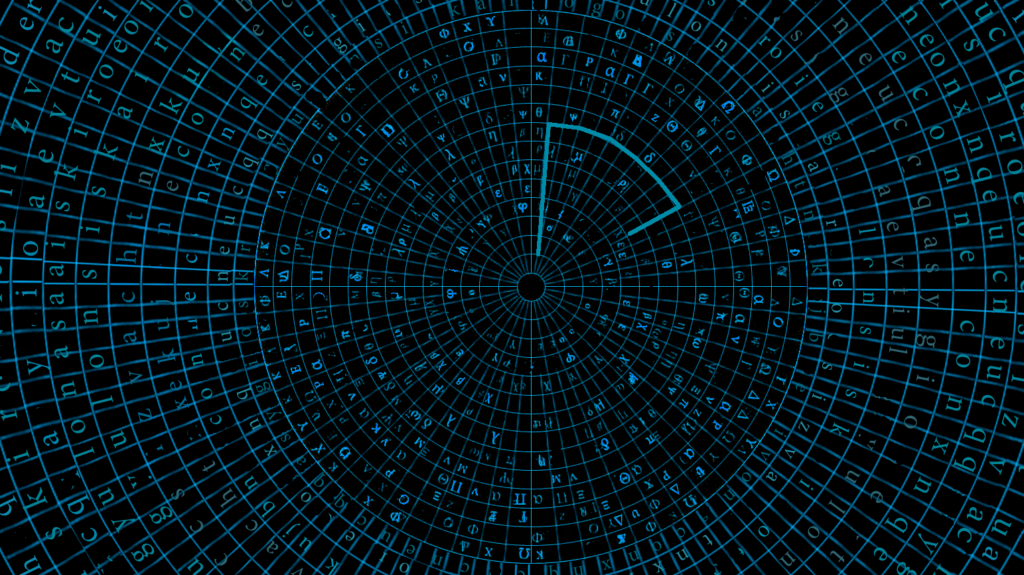
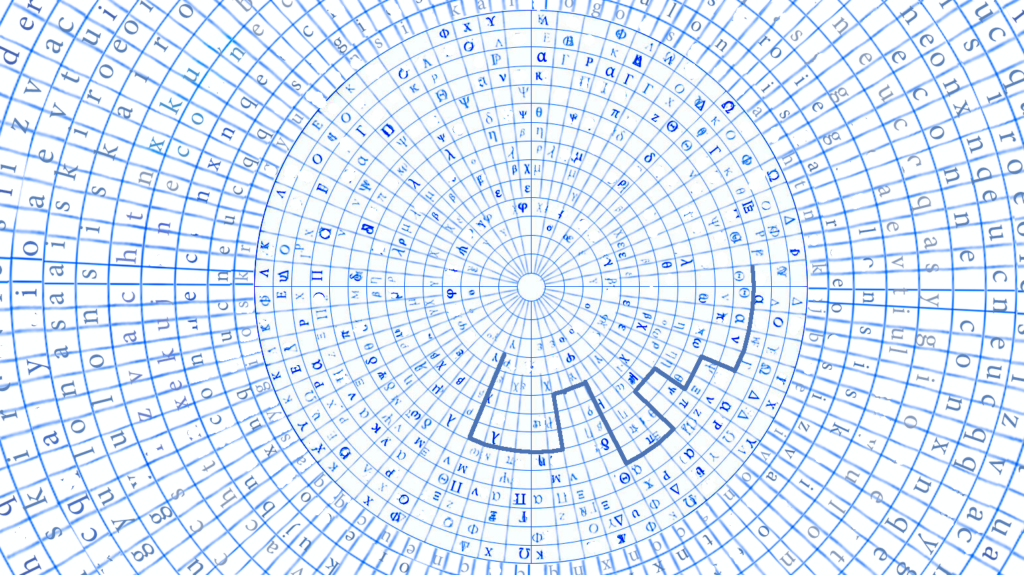
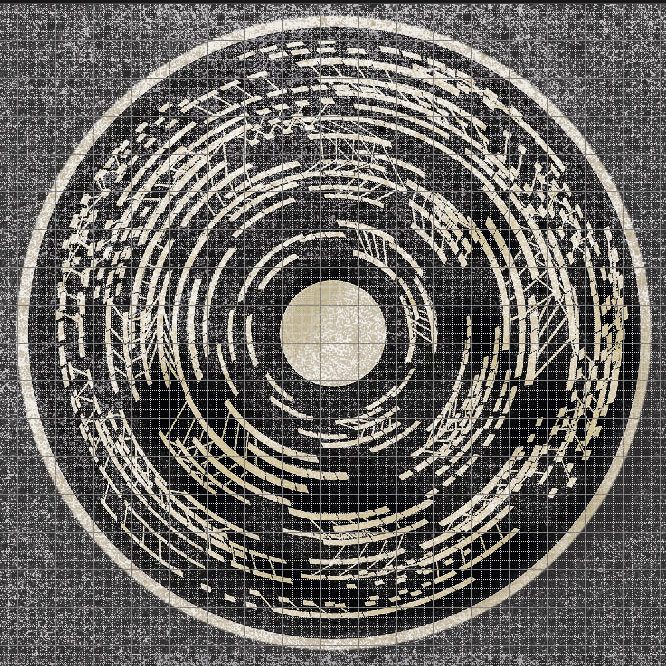
Secret Language
Helena Brawnstein
Imagine: In a relationship between two seemingly disparate elements there are many latent worlds. A first unusual association detonates more and more combinations less and less demure, a network of secret or never before perceived links, new worlds.
For example: what lies at the intersection of the Rosetta Stone and the star maps? Drawings, graphemes, geometries, schematics of unreachable existences?
Keys to the interpretation of worlds already lost or those on the other side of our finitude? Other communicative possibilities, other intelligences, multi-sensibilities? The possibility of re-interpreting ourselves in the light of some other, radically different one? And in this discourse of the text, I will not be able to know, to affirm, to discern; for the same reason, I will not stop asking, because the artist has given us some encrypted messages; suggestive and hypnotic, but with multidirectional meanings, not at all obvious, veiled.
Wheels of Giordano Bruno
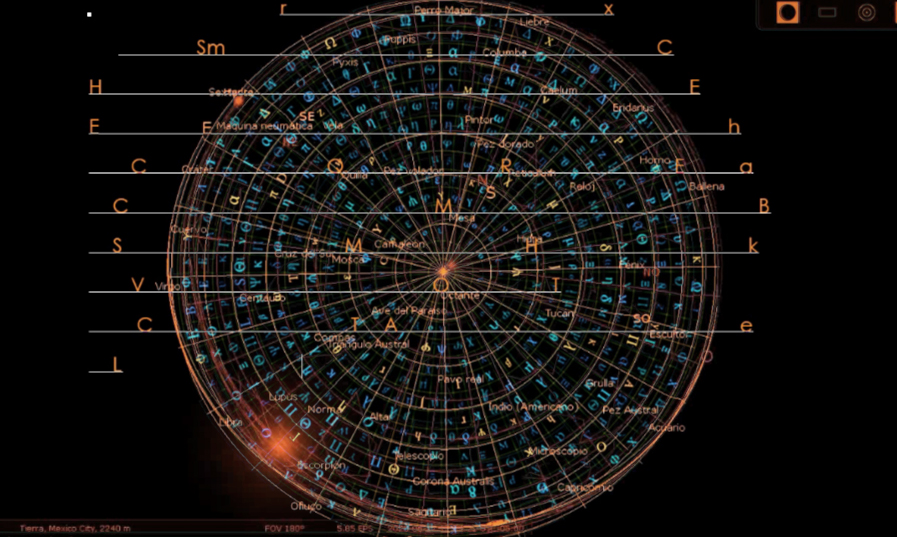
Some asemic writings at the crossroads between archeology and astronomy, that flicker, turn on the wheels and their concentric circles. “Infinite worlds”, we could say in reference to Giordano Bruno, whose texts and life experiences have accompanied the artist in her creative processes.
“Everything is in everything”, perhaps these words of the wise ancestor circulate in the weavings of sidereal graphemes of the Rosetta Project. Or perhaps these others from Irene’s famous countryman (although she is not only from Argentina, she is from my land and also from some other country that has already disappeared): “If all the places on earth are in the Aleph, all the luminaries, all the lamps, all the fountains of light will be there”.
Discs, wheels, concentric circles. Almost all of Irene Dubrovsky’s works insist on circular forms. In this case, because the writing of her Rosetta is not linear, nor only circular, but combinatory. Here the gaze does not know where to start weaving, where to go, where to rest. In a conversation, the artist explained to me: “We are very conditioned to read from left to right.
The circle breaks linearity. I am thinking about non-linear communication, about language as something infinite and inside the human being. Chomsky talks about recursive structures within recursive structures and not only as an expression to the “outside”. I’m thinking of language “in potency,” in its possibility of making infinite combinations.”
In front of your eyes:
A starry sky. It is far away, twinkling in silence. You don’t know its depths, distances, whispers or movements. As if they were luminous writings on black paper. You sense that it speaks, that it speaks to you and you are paralyzed, waiting for some meaning to suddenly appear.
The meaning.
What is it that makes us look up at the stars? An unstable land with imposed or fleeing borders, transhumant condition, exiles, uprooted roots, lost livelihood or erased worldly identities, could be some reasons why we turn to the sky. There are surely those last points of reference of an immutable horizon: simply, the human being under the stars. When the sky is no longer visible, we know, it is a disaster (without stars). It is the end.
But while, “as above so below” (again the voices of the wise ancestors intervene), we continue to assemble some memorial constellations, some cosmoses in our heads, the deviated itineraries and in them, new and old towers of babel, which are a renewed opportunity for, as Irene says, a language in potentiality. Then, the Rosetta Project, with its sidereal writings that slip away from linearity and semantic field, on the threshold between the visual and the textual, con-sider and mobilize all these associations, memories of concrete lives and connection with the voices of diverse temporal dimensions. “The decoding, encryption and clandestinity of language touch my personal themes and the particular history of all of us who live through certain political processes and changes of mother tongues.” I agree with Irene.
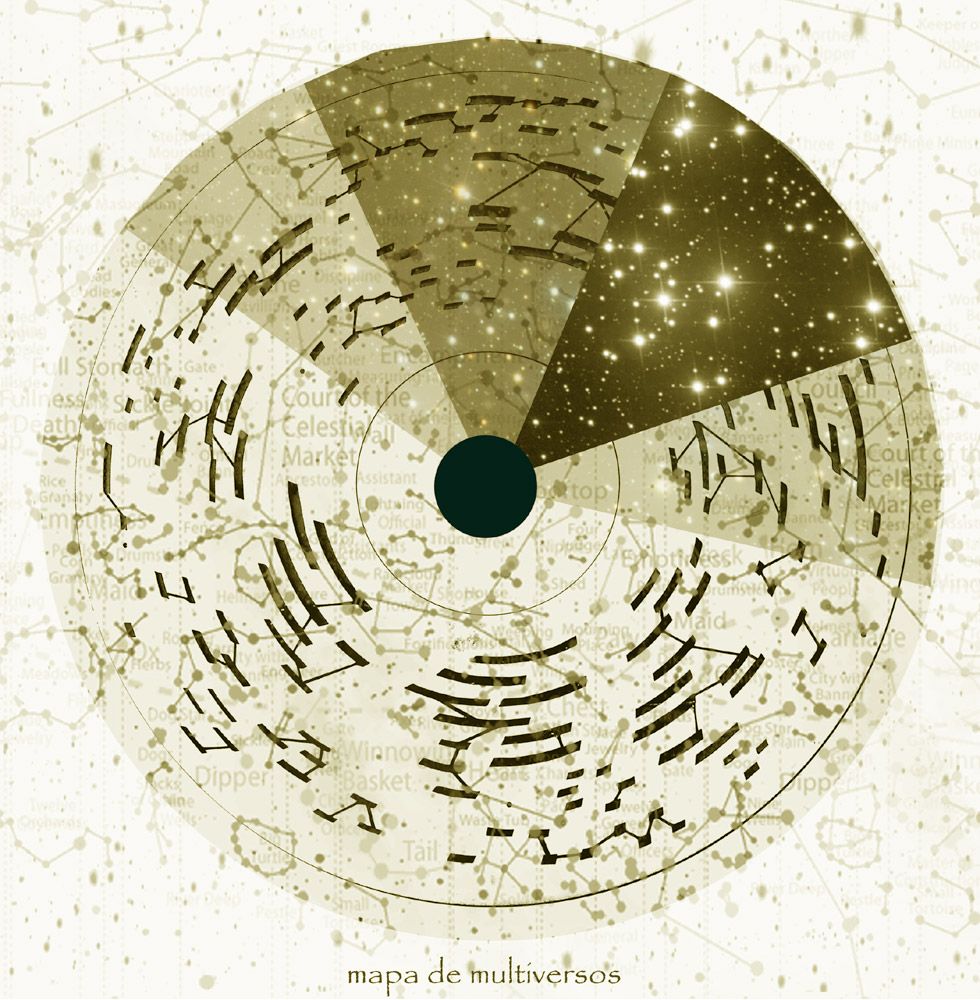
What is on the stone:
Three distinct scripts whose comparison and combination made possible not only the decoding of an unknown script (in this case of the Rosetta Stone, the Egyptian hieroglyphs), but more importantly, brought about the reinterpretation of a fundamental origin and by consequence, the change in the nuances of all our subsequent history. The key is: to understand ourselves from the language of the other. I have been able to decipher myself (and continue to do so) only when I exiled myself from my mother tongue, speaking, writing and dreaming with these words that are here, all foreign to me. In the case of the artist, her apparently forgotten mother tongue continues to operate clandestinely inwardly and perhaps it is externalized in this work, as the configuration of writings without words or obvious meanings. Belén Gache, referring to other artistic works to a certain extent close to Irene Dubrovsky’s work, says: “Many times asemic languages and secret writings have served as a way of resisting assigned meanings, a language that defines, names, differentiates, orders, establishes parameters at a social level. These have been used as a form of resistance to hegemonic cultural powers, and also as an effective strategy to circumvent censorship.”
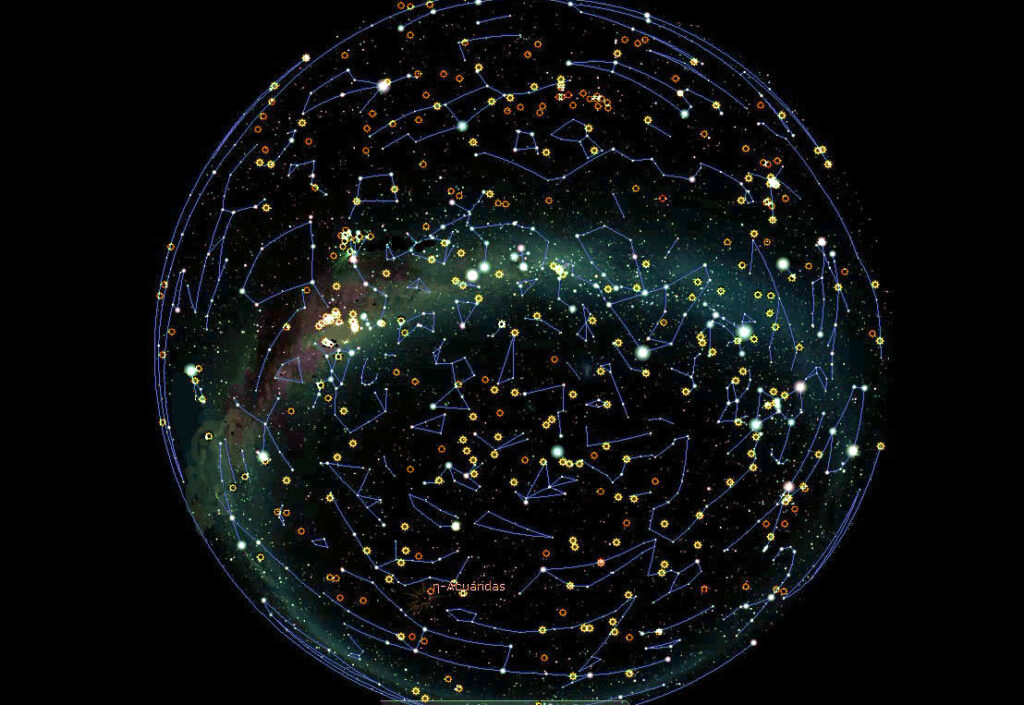
How does Irene generate the channels, the means, the formats to put into circulation this resistance to the dictatorship of the prevailing language? Through a constant challenge to the boundaries between different disciplines and knowledge -from art to science, from archeology to astronomy, from traditional creative procedures to digital technology- she has created different works, such as “Sahara Discs” where star maps are imagined as scores: the relationships between luminous points articulate a musical writing. While in the case of the work “North Pole, South Pole”, his gaze is directed from the sky to the earth, when he selects from the bank of satellite images some views of the frozen geographies and captures their pixelated representations in minimal white reliefs. In the case of the Rosetta Irene Project she used different astronomy software, which visualize, record and measure the location and transits of celestial bodies and phenomena, stellar catalogs in spreadsheets, graphics and sound processors, generative code and algorithms to turn on and off alphabetic symbols, animation software, etc.
Thus his ars combinatoria combines the movement of the stars with web navigation with existential itineraries and personal memories; planetary cartography with musical annotations with the system of encrypted writings; the remote stone and its carved inscriptions with the starry sky; satellite images of the earth’s surface with the tactile experience of what is closest and everyday; ancient astronomical architectures with a ceramic workshop and with the resistance to some forced oblivion…And here, again, Borges: “Does that Aleph exist in the intimate of a stone? Have I seen it when I saw all things and forgotten it? Our mind is porous to forgetfulness; I myself am falsifying and losing, under the tragic erosion of the years.” Forgetting is nothing but a clandestine, encrypted memory that seeks other and different streams of language. In the face of the “falsity” of the word, graphemes, flashes of circulating meanings (as if they were astronomical phenomena), combinations ad infinitum…All this and surely much more that I do not know how to say, I have seen in Irene Dubrovsky’s Rosetta Project.
Helena Braunštajn
…………….

Irving Domínguez
There’s strange news from another star
The artistic proposals Irene Dubrovsky has developed in recent years share her fascination with astronomy, particularly her sustained commitment to translating celestial maps into artistic representations, sensorial approaches that propose alternative interpretations of scientific abstraction. The artist has worked on developing works that read as scores for musical performance and as sculptures; two examples are the series Discs of the Sahara (2014) and Discs of the Stars (2018).
From the Earth’s translation, the constellations and galaxies travel through observable outer space in a regular manner in which phases and a rhythm assigned to each one can be identified. These characteristics allowed her to transpose that data onto a staff, therefore allowing for its musical interpretation and facilitating the dynamic understanding of star clusters in relation to an anthropocentric experience. It is worth noting that the kinetic principle that animates these sculptures is alluded to but is never executed in the presence of their viewers. These works therefore occur at different times while producing two types of images from the same representation: one musical and the other visual.
That quality of the same work that displays possibilities of interpretation in more than one direction is also found in other facets of its two-dimensional production. Irene has spent years establishing formal synchronies between the codification of celestial bodies and the ancient languages of civilizations whose astronomical records have been preserved to this day. These works are presented as circumferences taken from the celestial sphere, in which constellations, galaxies and nebulae seem to fit tightly into a grid populated by families of letters and other language signs applied to their classification. In 2020, Dubrovsky developed the Roseta Project through which he was able to share digital visualizations of these works and display the complex spatio-temporal relationships between celestial bodies and their own representations: distances, intensity of the emitted light, proximity, saturation points and “dark” and astronomical “silence” zones since the devices currently dedicated to the study of the Universe cannot obtain clear information from certain sectors due to saturation of stellar dust or other phenomena that limit their scopes.
The Roseta Project allowed the artist to realize one of the potentialities of her artistic proposal: by synchronizing star maps with historical alphabets she noticed the semantic possibilities to update them and produce clouds of texts, free verbalizations, analogous to her playful distribution of elements for writing, which can generate meaning after several combinations with initially unintelligible results. Thus, Dubrovsky has patiently and discreetly incubated a series of potential language machines, families of signs condensed on a canvas or in a drawing that can be recoded and translated into a dynamic system that makes them “speak,” or at least verbalize words. These words can be added to the celestial imaginary, which includes astronomy, the cultural stories that mythologies signify, as well as the contemporary habits of using celestial bodies as predictive references about individual destinies. The latter is a kind of continuity of proto-scientific thought, which is a resistance towards a conception of rationality that is considered instrumental and agnostic.
